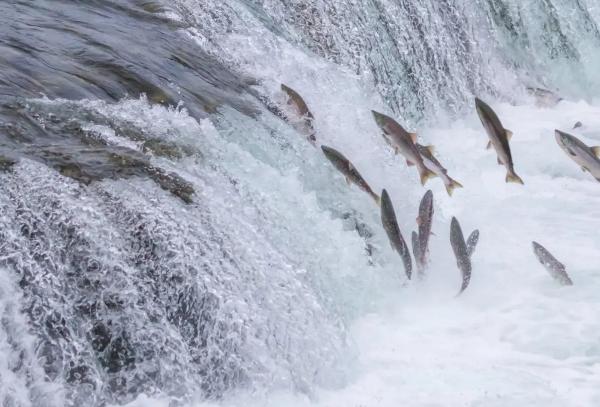First ever report on the status of migratory species reveals critical decline of freshwater species
1 Mar 2024 by The Water Diplomat

In the context of the 14th Conference of the Parties (COP) to the Convention on the Conservation of Migratory Species of Wild Animals (CMS, which entered into force in 1983), the first ever global report on the status of migratory species has been published. Researched and written for CMS by conservation scientists at the UN Environment Programme World Conservation Monitoring Centre (UNEP-WCMC), the report provides an overview of the status of billions of migratory animals, which travel to a variety of habitats for feeding, breeding and resting, and contribute to the maintenance of these ecosystems during their stay. These species depend to a large extent for their survival on the success of (inter)national cooperation efforts in the field of environmental conservation.
At the previous COP, a mandate was provided to review the current conservation status of the migratory species listed within the convention. The animals – birds, terrestrial mammals, aquatic mammals, fish and reptiles – are listed in two different annexes. The first annex lists the species which are endangered, and the second lists the species for which the conservation status is ‘unfavourable’ and require extra efforts for their protection.
The report’s statistics are stark: more than half of the key biodiversity areas that are important for CMS listed animals do not have protected status, and in 60% of the sites that are monitored, species are experiencing unsustainable levels of pressure. Of all the species covered by the convention, some 44% are in decline. Of the endangered (‘Annex I ‘) species, the report found that 82% are threatened globally, while of the species which have an ‘unfavourable conservation status’ (‘Annex II) species, 18% are threatened. In total, one in five of the species listed under the convention are threatened with extinction. Most affected are fish species: there has been a 90% decline in CMS-listed fish populations since 1970. For example, the European eel, which had the longest migratory route among eels, used to make up some 50% of freshwater fish biomass in European waters in the 1970’s, but populations have declined by 90%. It played a major role in freshwater ecosystems in Europe, but physical barriers to its migration and overexploitation of young eels through fishing have contributed to its decline.
For freshwater ecosystems in general, the report states that habitat loss, degradation and fragmentation are among the main drivers of global biodiversity loss. For freshwater fish, the extensive use of dams places pressure on migratory routes: dams act as physical barriers which prevent migratory fish from reaching their spawning grounds, alter water flow regimes and prevent juvenile fish from dispersing. Only 37% of the world’s long rivers have connectivity along their entire length, and the rest have dams and other types of artificial infrastructure. In this context, the global swimways programme aims to balance development with conservation by highlighting river systems that support a high diversity of migratory fish species. In fact, there are no assessments of the connectedness of marine and freshwater protected area networks.
